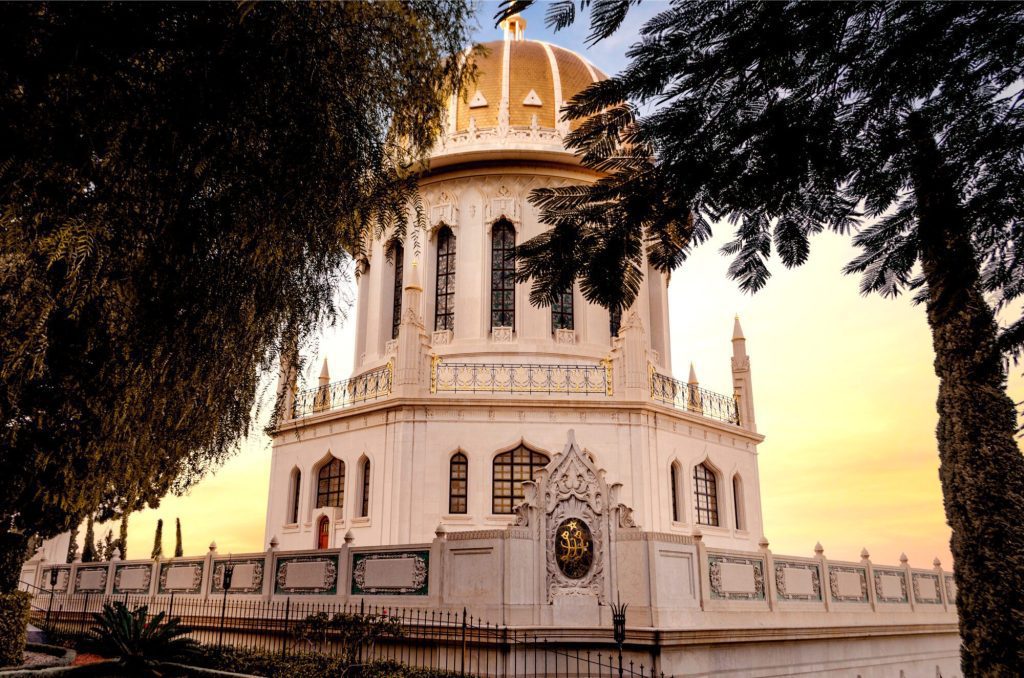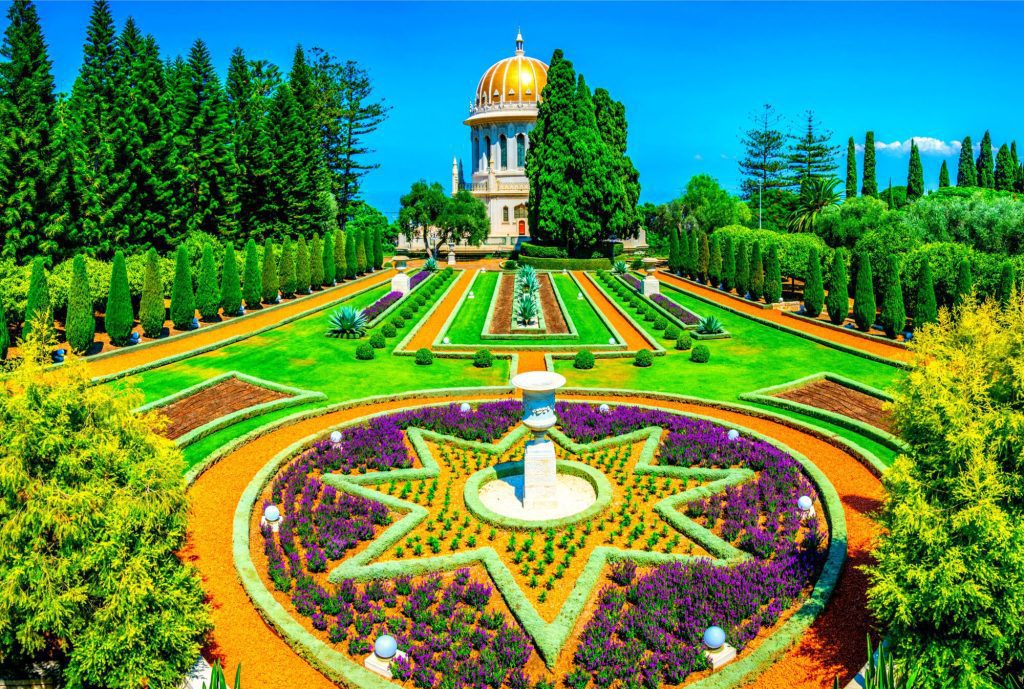The Mahdi is a prophesied messianic figure in Islamic eschatology who is believed to appear before the end of the world to establish justice and peace on earth. The belief in the Mahdi is primarily held by Shia Muslims, although some Sunni Muslims also believe in his coming.

The word Mahdi means “the guided one” in Arabic, and he is believed to be a descendant of the Prophet Muhammad’s family, specifically the Imam Hasan al-Askari. The Mahdi is believed to be chosen by God to lead the Muslim community and restore the rule of Islam.
His appearance is often associated with a series of events, including the arrival of the Dajjal, a false messiah, and the return of Jesus Christ. The Mahdi is said to appear during great chaos and conflict, and he will be accompanied by an army of true believers to establish a just and peaceful society.
Furthermore, the Mahdi is expected to rule for some time before the end of the world, and his rule is believed to be characterized by justice, equality, and prosperity. The Mahdi is also said to usher in the final judgment and the resurrection of the dead.
In Shia Islam, the belief in the Mahdi is central to the concept of Imamate, which is the belief in a line of divinely appointed leaders who are the rightful heirs to the Prophet Muhammad’s legacy. Shia Muslims believe that the Imamate was passed down from the Prophet Muhammad to his cousin and son-in-law, Ali, and continued through a line of twelve Imams, culminating in the twelfth Imam, Muhammad al-Mahdi.
While the belief in the Mahdi is not a central tenet of Sunni Islam, many Sunni Muslims also believe in his coming. However, the details of his appearance and rule vary among different groups.
The Mahdi in the Baháʼí Faith
While the concept of the Mahdi is not unique to the Baháʼí Faith, it is an integral part of Baháʼí theology. Baháʼís believe that he has already come in the person of the Báb, the forerunner of the Baháʼí Faith.
The Báb claimed to be the Mahdi and the promised one of all religions. He taught that the coming of the Mahdi represented the fulfillment of the prophecies of previous religions and the beginning of a new era of spiritual and social transformation.
The Baháʼí Gardens

The Baháʼí Faith teaches that the Mahdi’s mission was to unify all religions and create a global civilization based on justice, equality, and unity. Báb teachings emphasize the importance of individual spiritual transformation, the equality of men and women, the harmony of science and religion, and the elimination of prejudice and conflict.
In the Baháʼí Faith, he is not seen as a single individual but rather as a spiritual principle that can be manifested in any individual who strives to serve humanity and promote justice and unity.
In conclusion, the Mahdi is a central figure in Islamic eschatology and a messianic figure who is believed to appear before the end of time to bring justice and restore peace to the world. While the concept of the Mahdi is not unique to the Baháʼí Faith, it is an important part of Baháʼí theology, and Báb, the Bahá’u’lláh is believed to be the fulfillment of the Mahdi’s mission. The Baháʼí Faith teaches the importance of individual spiritual transformation, the unity of all religions, and the creation of a global civilization based on justice, equality, and harmony.







